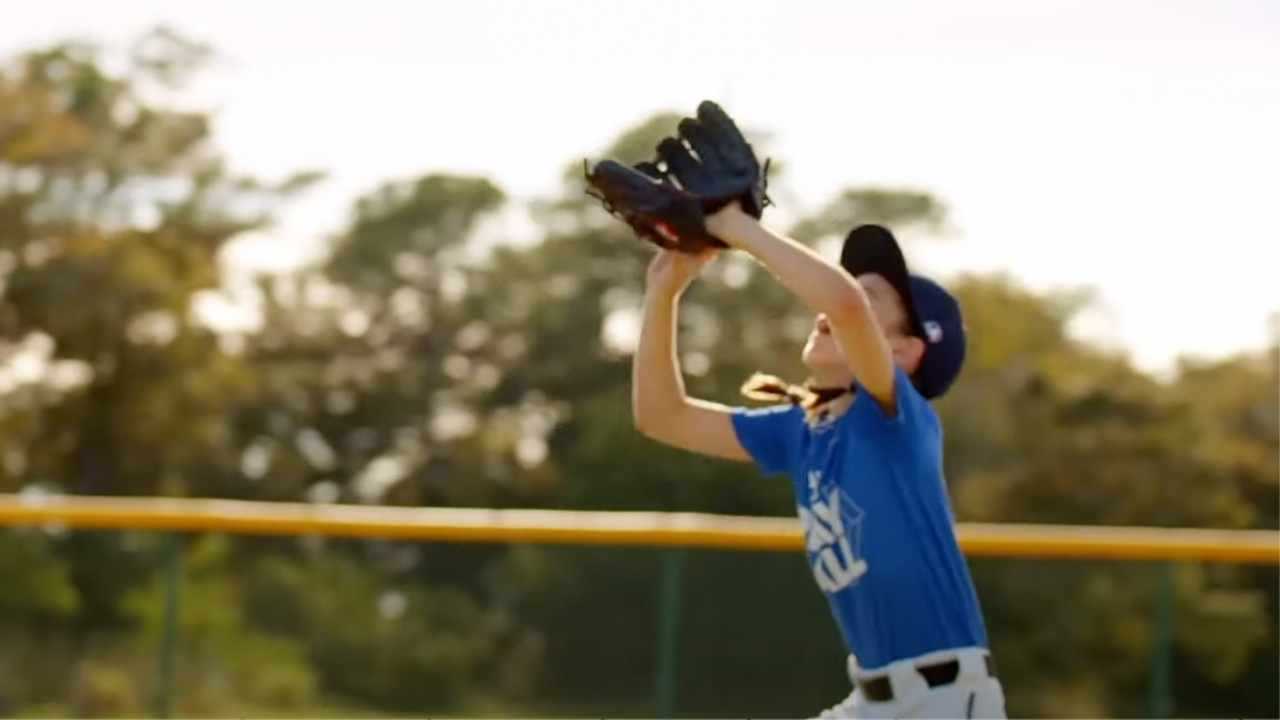The Truth About Tee Ball
Play ball! Sort of.
Sue Pierce
| 4 min read

My best coaching moments are from tee ball. OK, yes, it was like herding cats, but it was also pure fun. They knew nothing and all I had to do was teach them something.
No problem, right?
Turns out, coaching tee ball is not as easy as it sounds. For many kids, tee ball is their first introduction to baseball, if not team sports.
For coaches, having the right expectations is everything. Here’s what experienced tee ball coaches know.
Tee ball will try your patience.
No surprise, patience is key when it comes to coaching little kids, regardless of sport. It will be your greatest asset, so practice deep breaths, count to 10 or find a happy place.
Be patient about how fast the kids will learn the game of baseball, too. “Tee ball is the entry level,” says Mark Whiten, 11-year MLB veteran with loads of coaching experience, who is now at the Rays RBI program in Tampa Bay. “Everything has to be taught at different levels. They will learn it – you just have to teach them at the right time.”
You’ll repeat yourself. Over and over. And over again.
Get ready to say the same thing all season long. You’re going to have to explain where 1st base is – multiple times. You’ll start mumbling “ready position!” in your sleep.
“Even with older kids, you have to tell them stuff over and over again, all the time,” says Whiten. But then something will stick and it will all be worth it. Promise.
There will not be focus.
Airplanes overhead, grass to be picked, dogs running loose — there is a lot to look at when you’re on a baseball field. Young kids will absolutely have a tough time staying focused.
“They’re trying and then they’re forgetting,” says Whiten. “They’re playing in the sand.” It’s completely normal. As a coach, do your best to keep practice engaging. And refer back to lessons #1: patience and #2: repetition.
There won’t be a lot of catching.
Period.
You’ll have to remind the hitter to run.
Kids are so happy to have hit the ball that they just stand there, smiling. And you’re going to have to wildly gesture to 1st base. “Someday you have to teach them that they can run past the base,” says Whiten. “In tee ball, they just stop on 1st base.”
Players will swarm the ball.
If you can get your players to react when the ball is hit, count that as a win. Though that comes with its own challenge. “One of the biggest problems is everybody trying to chase the ball down at one time,” says Whiten. At least they’re paying attention?
It’s actually a ton of fun.
There’s really not much cuter than a bunch of 5-year-olds playing tee ball. Don’t be afraid to lean into that. Use stuffed animals for throwing targets or hit water balloons off the tee.
“Just teach the basics and let them have fun,” says Whiten. Little kids aren’t ready to learn advanced concepts, anyway, especially if they’ve never played baseball before.
Your record doesn’t matter.
Take note: No one’s keeping score. (In fact, in Norway, they don’t even keep score until kids are 12.) No competition, no pressure, all smiles. What’s not to love?
You’ll be back for more.
True success looks like kids continuing to play, year after year, because they love it. And if it’s a good season, you just might sign up again, too. “It’s fun to move up with them and teach them as they grow,” says Whiten.




